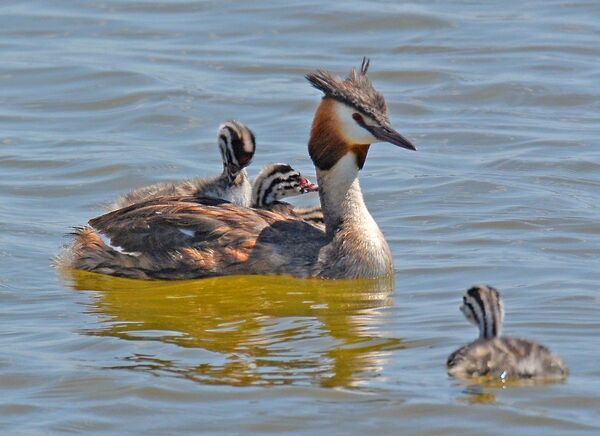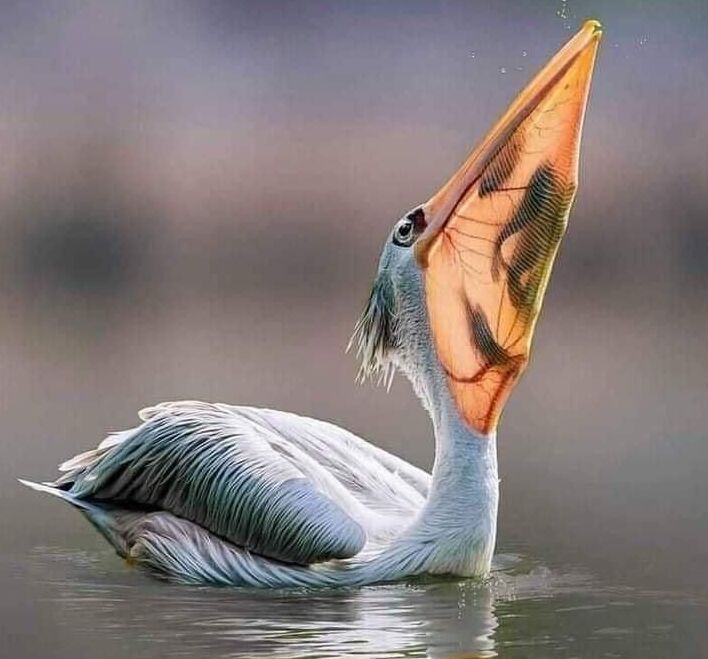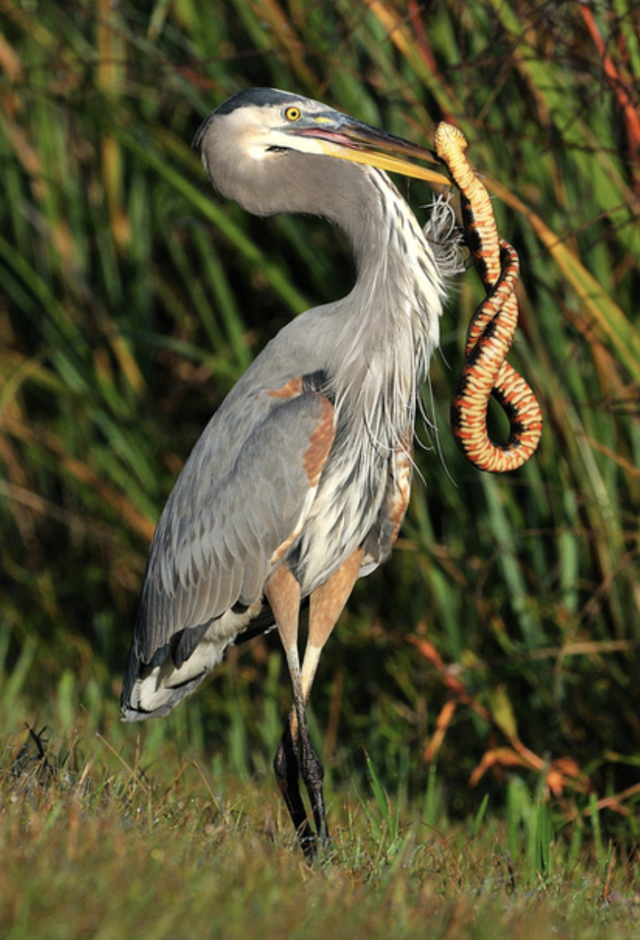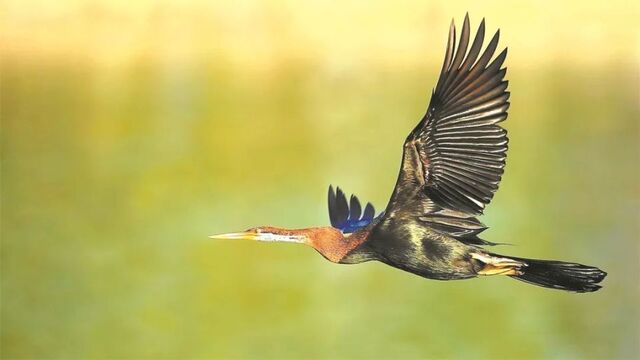Gorsachius magnificus
IUCN
LCBasic Information
Scientific classification
- name:Gorsachius magnificus
- Scientific Name:Gorsachius magnificus,White-eared Night-heron,Hainan night bittern, Hainan tiger bittern, white-eared night heron
- Outline:Wading birds
- Family:Ciconiiformes Ardeidae Bittern
Vital signs
- length:54-56cm
- Weight:540-605g
- lifetime:No verification information
Feature
It is listed as one of the 30 most endangered birds in the world. It is extremely rare and is known as "the most mysterious bird in the world."
Distribution and Habitat
Hainan bittern is a bird species endemic to China. It is only found in Huoshan, Anhui, Wuming, Longan, Yaoshan, Guangxi, Hangzhou, Lin'an, Tianmu Mountain, Zhejiang, Shaowu, Jianyang, northwest Fujian, Jiulianshan Nature Reserve, Longnan County, Ganzhou, Jiangxi, Yingde, Guangdong, Zhutian Town Waterfall Reservoir, Nanxiong, Guangdong, and Baisha, Ledong, Qiongzhong, Wuzhishan, Hainan. It is a resident bird in Hainan and a summer migratory bird or traveling bird in other places. It mainly inhabits valleys and other places with water in subtropical alpine forests. It is nocturnal and hides in dense forests during the day. It is active in small rivers, reservoirs and rice fields near forests in low and medium mountains (generally below 400 meters above sea level) and hilly areas.
Appearance
The female is smaller, with the same number of tail feathers as herons, 12. However, its body is fat and short, with shorter neck and legs and feet. Its appearance is obviously different from that of typical herons, with the front of the eyes and the lower part of the shin exposed. When standing and flying, the neck is also retracted, but not as obvious as that of herons. The black beak is relatively short and thick, and the base of the beak and the front of the eyes are green. The forehead, top of the head, sides of the head, occipital and long crown feathers are all black. There is a white stripe behind the eyes extending backward to the crown above the ear feathers. The ear feathers under the white stripe are black, and there is a white spot under the eyes.
The feathers on the upper body are dark brown, the flight feathers are slate gray, and have a green metallic luster. The coverts on the wings are dark brown with a few white spots. The chin, throat and front neck are white, wi
Details
Hainan bittern is called White-eared Night-heron in foreign language. It is similar in shape and size to a heron. It is a medium-sized wading bird with no subspecies differentiation.
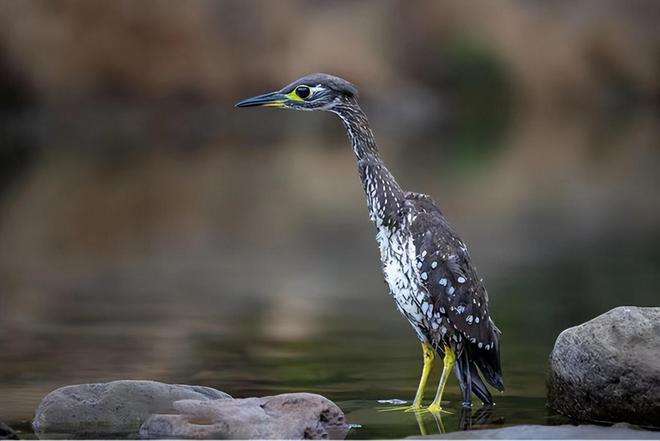
Hainan bittern is partly resident and partly migratory. They usually hide during the day and come out at night, especially at dawn and dusk. However, during the breeding and brooding period, they sometimes come out during the day to forage. Their diet is mainly animal food such as small fish, frogs and insects. They forage for fish, shrimp, small snails and insects on the beach and shallow water, and build nests on trees in the forest.
Hainan bittern is a nocturnal bird. It hides in dense forests during the day and is active at night. It mainly preys on small fish in streams or reservoirs. Generally, it flies out to forage before or after dark (19:15-19:35) and returns to the tree to rest at dawn (4:50-5:15). Except for the brooding period, it generally does not come back halfway, but forages all night. The time of going out to forage and returning to the nest is greatly affected by weather and human interference, with a difference of 1-2 hours. As for the foraging location, according to the observation of technicians from the Chebaling National Nature Reserve in Shixing, Guangdong, it is in the shallows of rivers with clear water, slow flow and a water depth of 20-50 cm, and also in farmland wilderness or ponds. In the Qingzhangshan Nature Reserve, it mainly forages in several large flooded and abandoned farmlands around the waterfall reservoir, and sometimes flies away from the reserve to forage in farmlands, ponds and other areas 3 kilometers away from the nest.
Unlike ordinary night herons, Hainan bitterns have some very special living habits: First, they do not like to live in groups. Most of the Hainan bitterns observed are one flying by, and I have never seen two going out to forage together. Sometimes both male and female birds go out to forage on the same night, but they will not go out and return to the nest at the same time, with a time difference of 3-5 minutes. Second, they do not like to sing. It is extremely difficult to hear the singing of Hainan bitterns in either the habitat or the nesting site. It flies around silently like a ghost, giving people a "mysterious" feeling. The chicks will only make loud noises when the parents feed them more than 20 days after hatching. In the later stage of growth, the begging sounds become lower and lighter, and can only be heard under the tree near the nest.
The nesting place of Hainan bittern is in Liuzhou, Guangxi. It chooses to build its nest on the tree beside the stream in the deep mountains and dense forests where few people go. In Qiandao Lake, Zhejiang, Hainan bittern also chooses to build its nest on the island in the middle of the lake where no one disturbs it. Qiandao Lake in Zhejiang is the largest breeding place of Hainan bittern found in China. During the breeding season of Hainan bittern, it is very afraid of being disturbed by humans. Once there is an abnormal noise, it stretches its neck and looks around vigilantly. Its nest is similar to that of other heron birds. It is built into a shallow dish with dead branches commonly seen around the nesting place, with a diameter of about 40 cm. Each nest contains 2-4 eggs. The entire breeding period of this bird is about 4 months, from the time the parent bird builds the nest to the time the chicks fly out.
The Hainan bittern is recognized as an endangered bird species in the world. It was named after the first model specimen was collected from Wuzhi Mountain on Hainan Island in 1899. The bird is similar in shape and size to a heron, with a long beak, long neck, and long legs. The upper body is dark brown with white spots. There is a white stripe behind the eyes that extends backward to the top of the ear feathers. It feeds on fish, shrimp, small snails, and insects. The Hainan bittern is dormant during the day and comes out at night. From the time it was discovered to the time it disappeared, its living habits have been little known, and it is extremely rare, so it is called a "mysterious bird".
In 1929, teachers and students of the Department of Biology of Sun Yat-sen University collected specimens of this bird in Jinxiu Dayao Mountain in the central part of Guangxi Autonomous Region. This was the only record of this bird in Guangxi Autonomous Region before the 1990s. In the early 1960s, the South China Animal Survey Team conducted several surveys in Hainan for several years and only collected two specimens in the central mountainous area. Since then, there has been no report on the bird's traces.
After the news that this bird, known as the "world's most mysterious spotted bittern, was discovered again" was reported by the United Nations Wildlife Conservation Fund, it aroused great interest among experts and scholars. In January 1999, Professor Gao Yuren, a bird expert at the South China Institute of Endangered Animals, was very surprised to see a specimen of a young Hainan bittern in the Chebaling National Nature Reserve. He immediately published this important news in relevant publications, which attracted the attention of bird experts at home and abroad. In July of the same year, Professor Zhou Fang of Guangxi University accidentally discovered this bird in the Fengting River Reservoir area of Shangsi County, Guangxi, overturning the view that "the Hainan bittern is extinct."
Entering the 21st century, many world-renowned ornithologists have entered the reserve for investigation and have repeatedly discovered the activities of Hainan bittern individuals, confirming that the Chebaling National Nature Reserve is more likely to be the only area where the bird remains. Later, a bird watching organization in Hong Kong found two live specimens in the Chebaling National Nature Reserve in northern Guangdong, and this news has attracted widespread attention from all over the world.
Deng Zanwen, deputy director of Chebaling National Nature Reserve, said that this bird was discovered by the British on Hainan Island in China during the First Opium War. For a long time, only one specimen was kept in the British Museum. Because no relevant information was obtained later, it was called "the most mysterious bird in the world."
Listed in the "Red List of Endangered Species of the World Conservation Union" (IUCN) 2016 ver 3.1-Endangered (EN).
Listed in the first level of China's "National Key Protected Wildlife List" (February 5, 2021).
It is listed as an endangered species in the "China Red Book of Endangered Animals·Birds".
Protect wild animals and eliminate game.
Maintaining ecological balance is everyone's responsibility!



